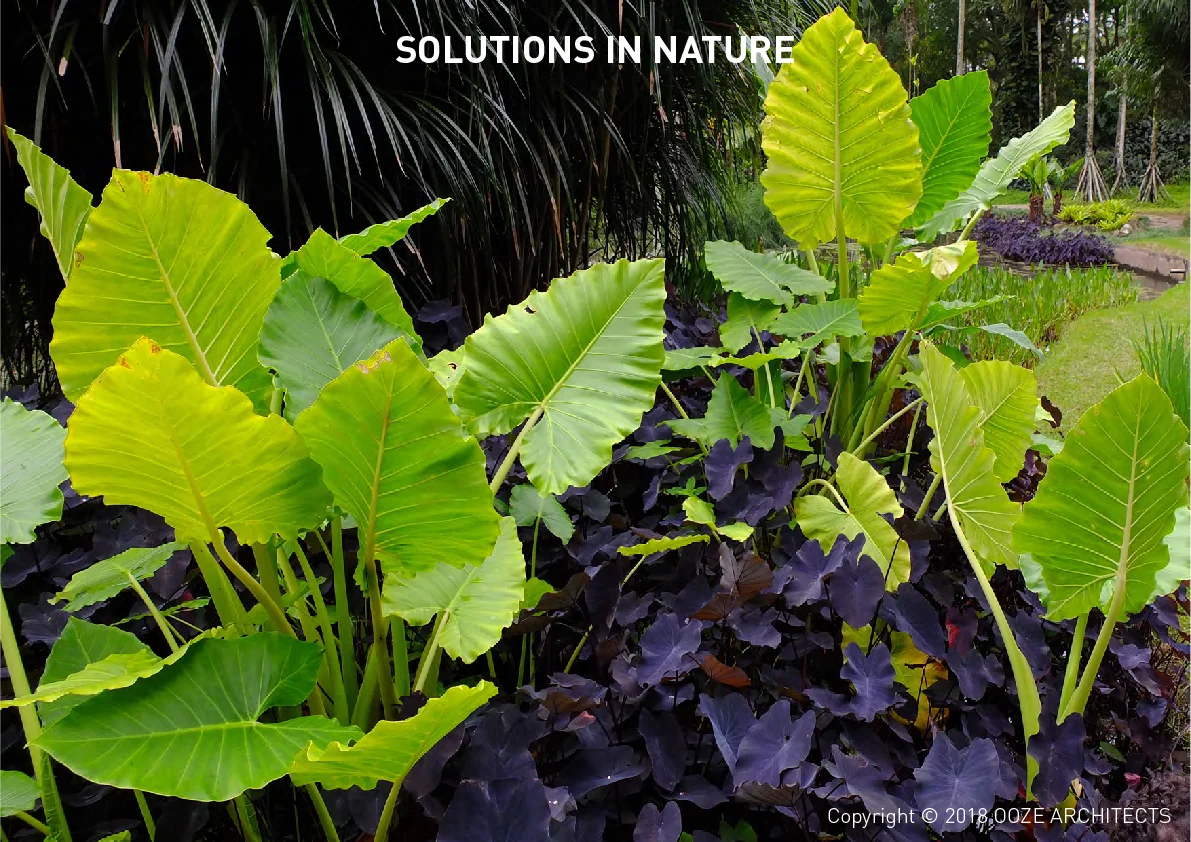ABUNDANCE AS A MINDSET
Centuries ago Chennai was a leading example of smart water management, demonstrating how urban communities can live in close proximity to seasonal water hazards and still in harmony with nature. The city’s extreme rainfall pattern – an intense monsoon season followed by nine dry months – were managed with an advanced network of artificial lakes and tanks that absorbed rain for irrigation and groundwater recharge. It is culturally understood that the groundwater is safe for drinking, with its origins in the pure mountains. Temple Tanks in the center of villages were not used to collect water for reuse, but to recharge the aquifer, to later be extracted through personal wells. These tanks served as a barometer of the city’s underground resource, making its fluctuating level visible.
Today this system has been forgotten as the city grows with modern infrastructure, leading to interrelated disasters of floods, droughts and pollution. As the city grows it must look farther away for new sources of water, and it increasingly relies on expensive, unhealthy desalination.
“City of 1,000 tanks” looks to revive and reinterpret Chennai’s water heritage by integrating it into modern urban patterns. The project uses a blue-green infrastructure to collect and cleanse stormwater before entering the ground, and to link overflowing tanks to create a flood-proof system. By reviving the role of tanks as barometers, the project seeks to transform the perception of water from that of scarcity to one of abundance. Since Chennai receives more water in the form of rain than it consumes each year, it is possible to look locally to fulfill water needs.




